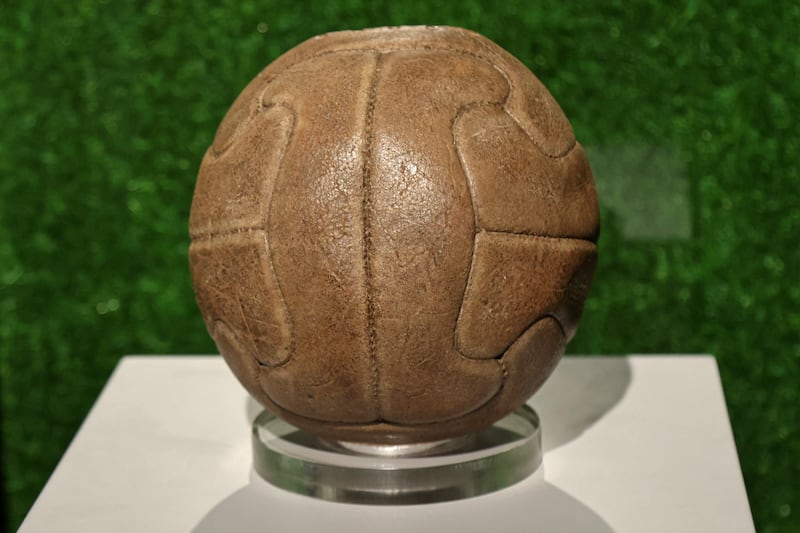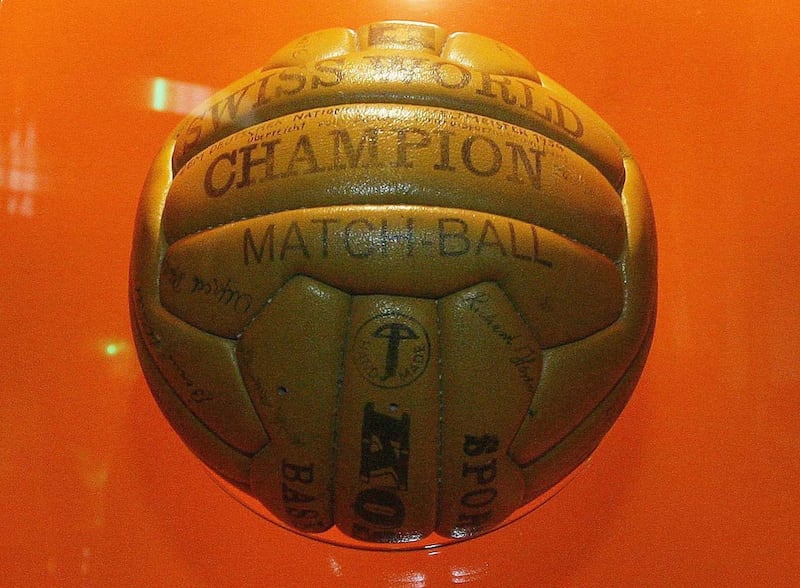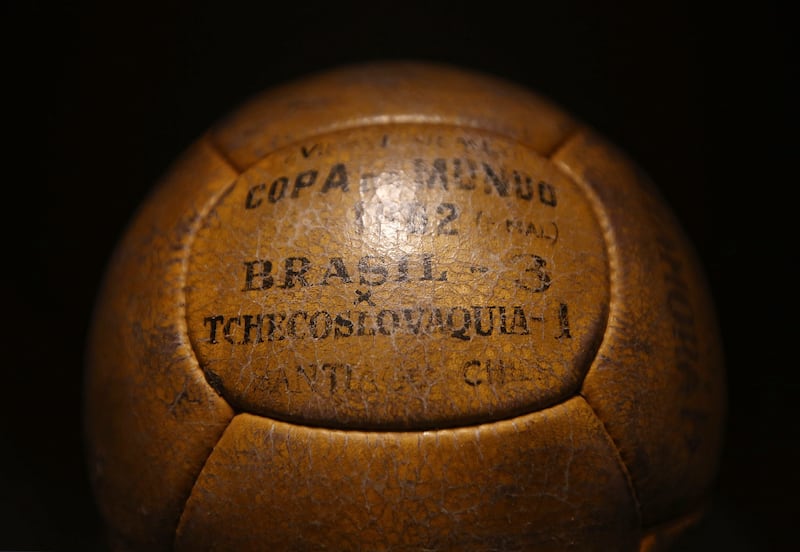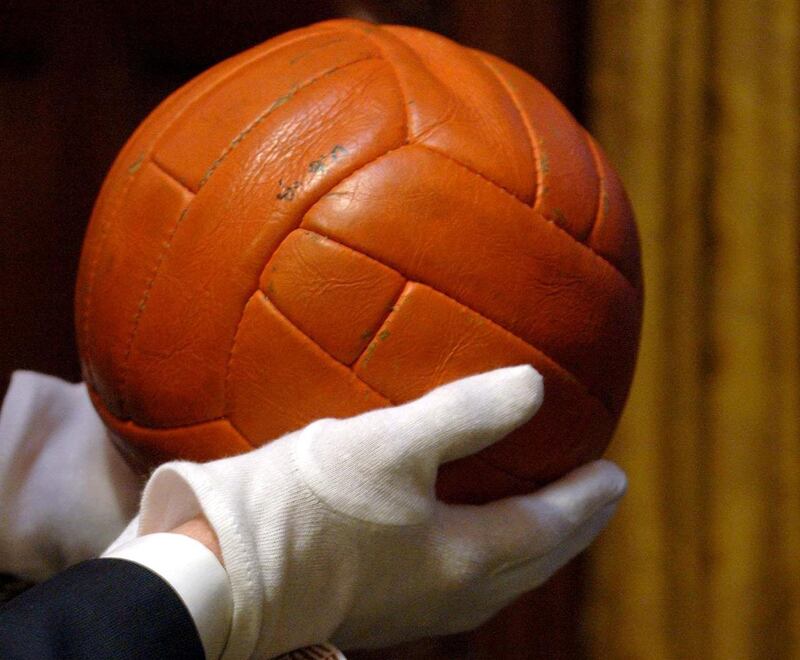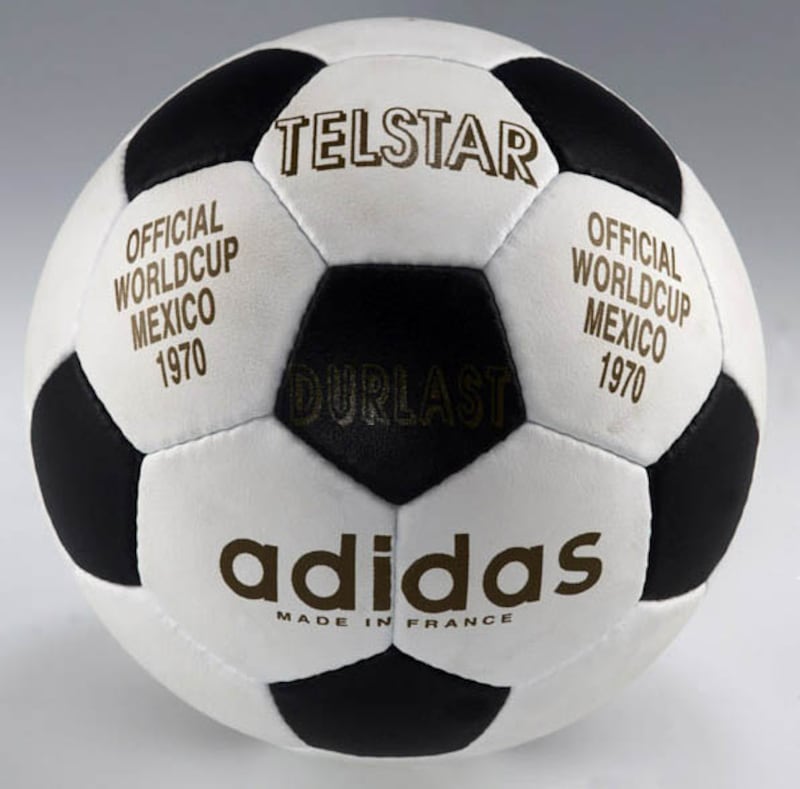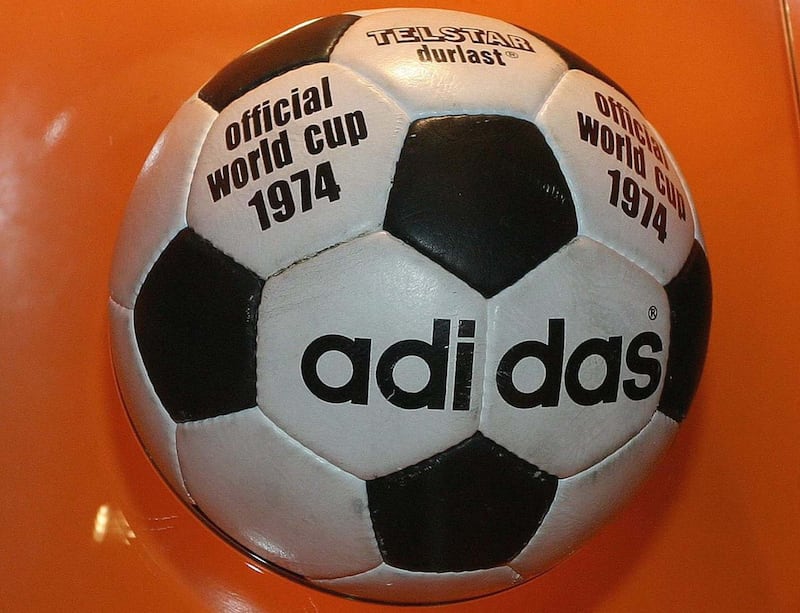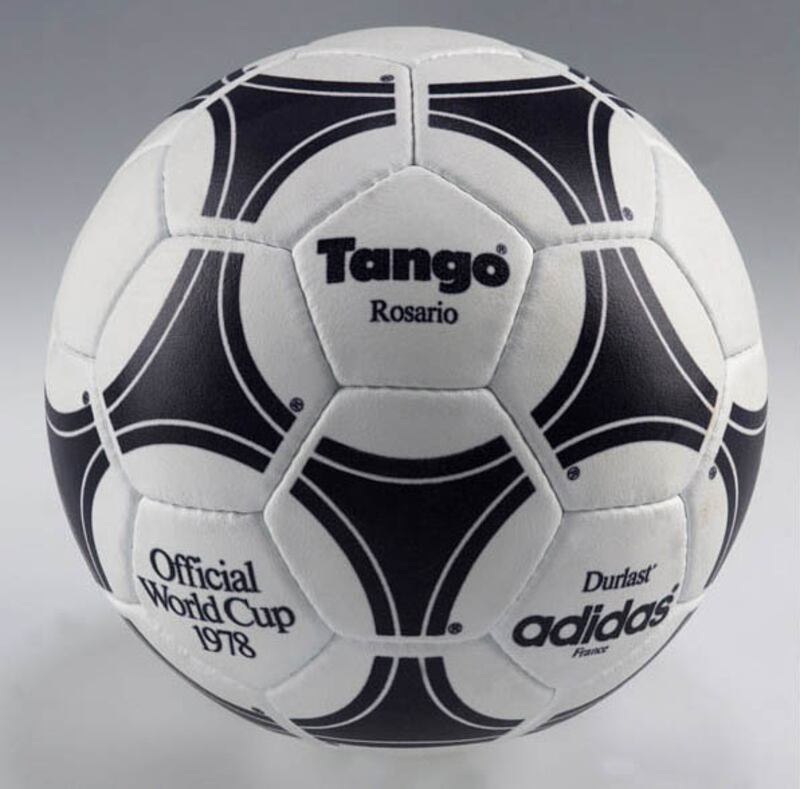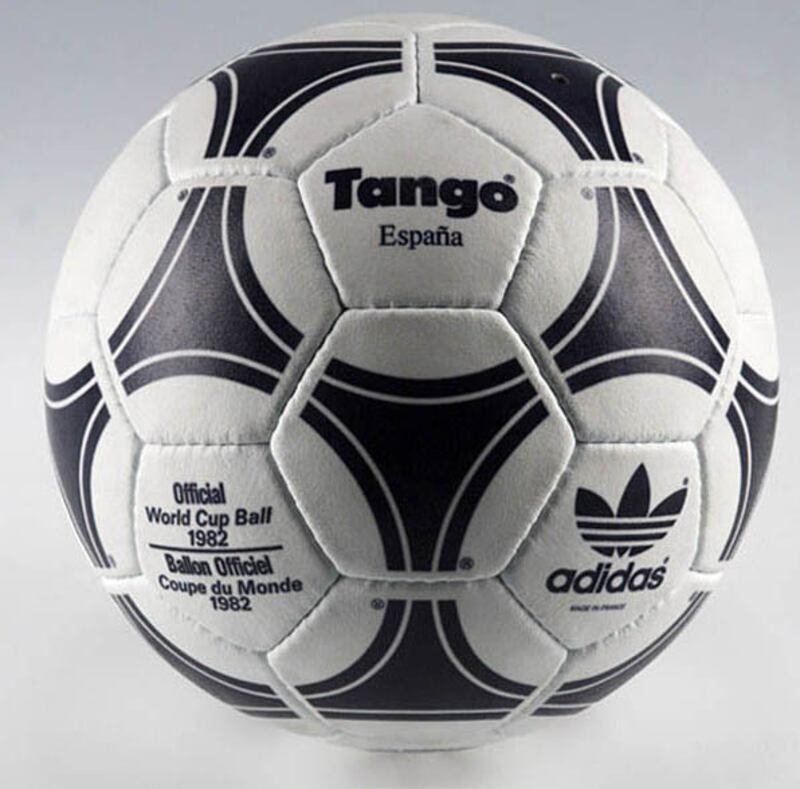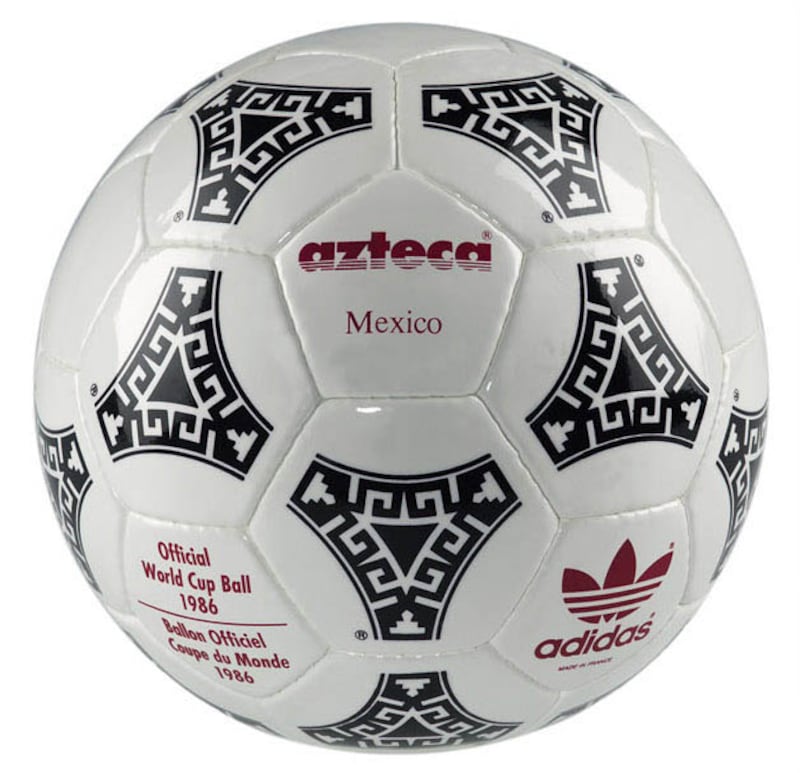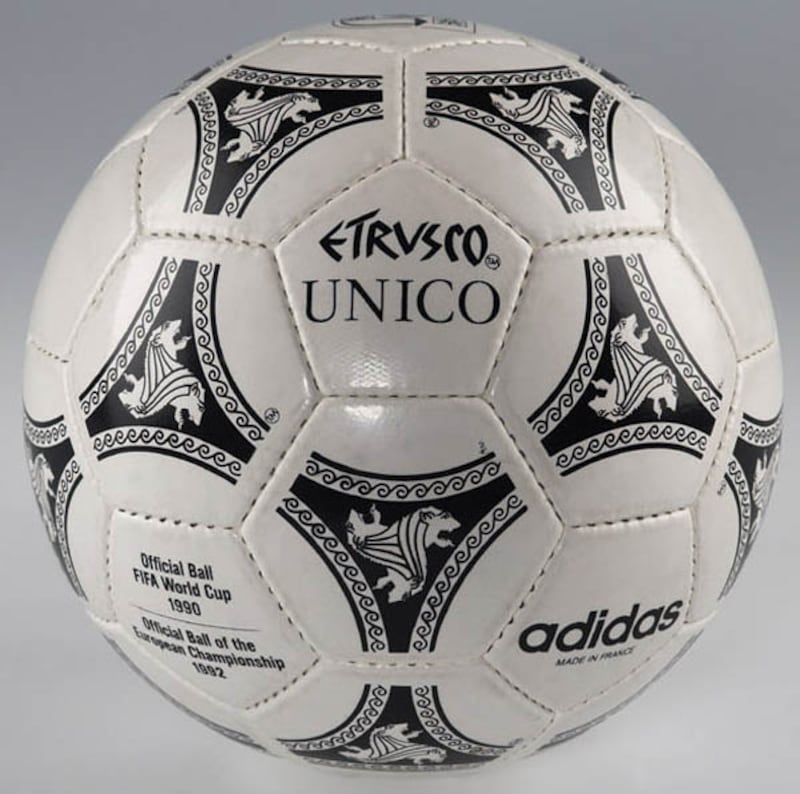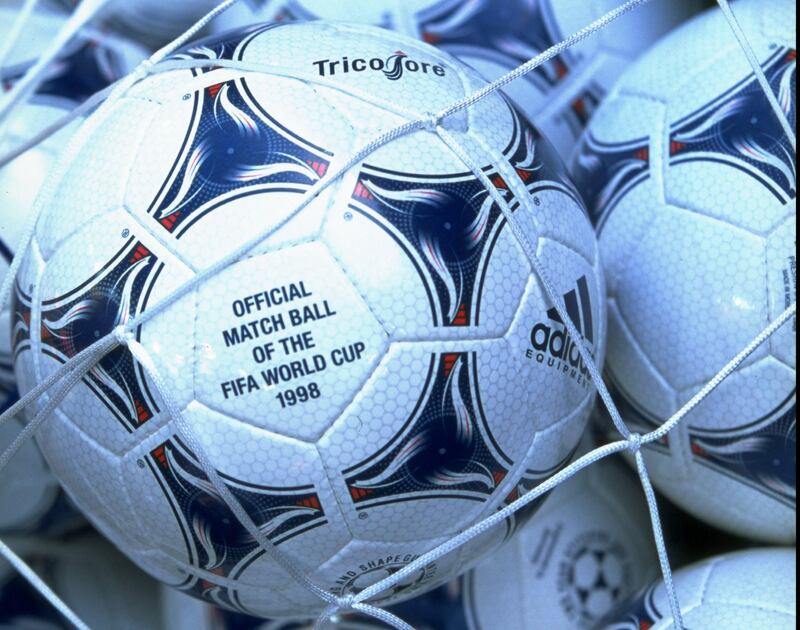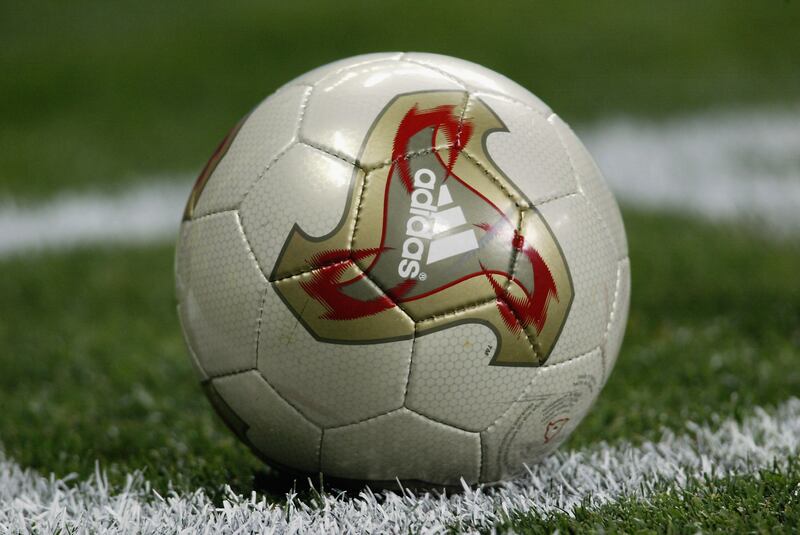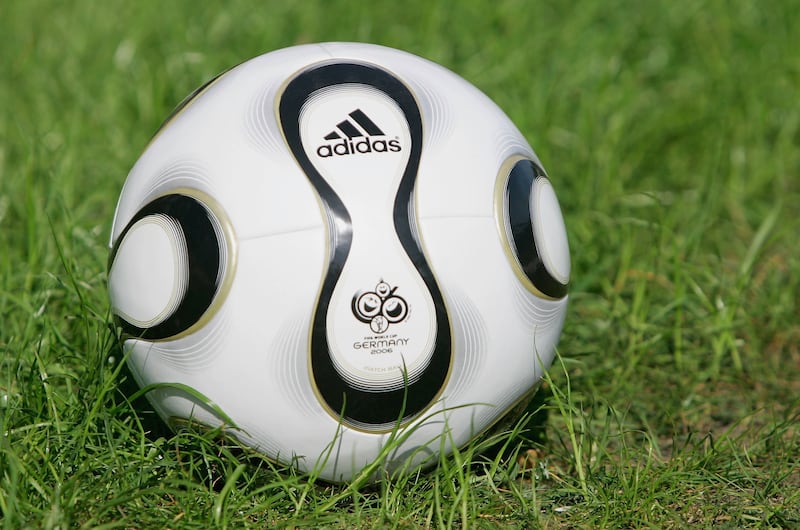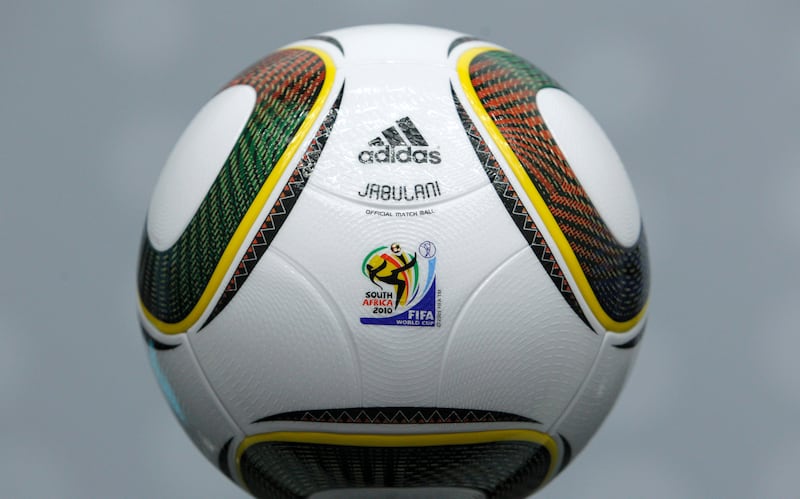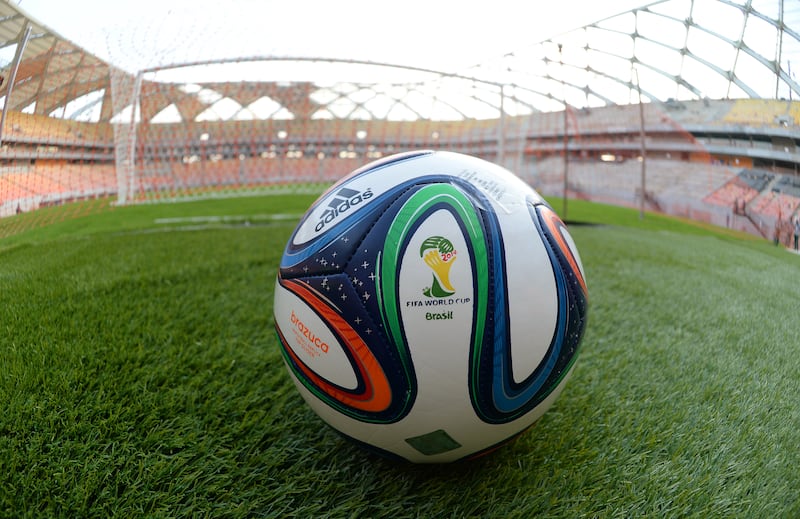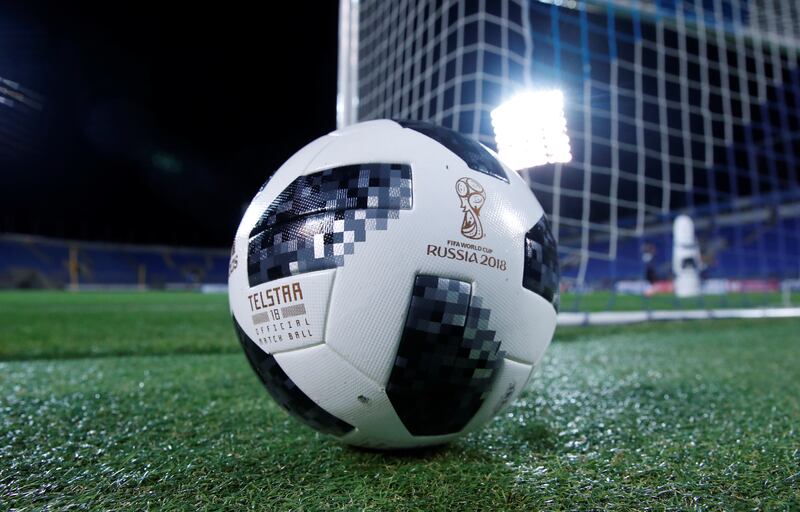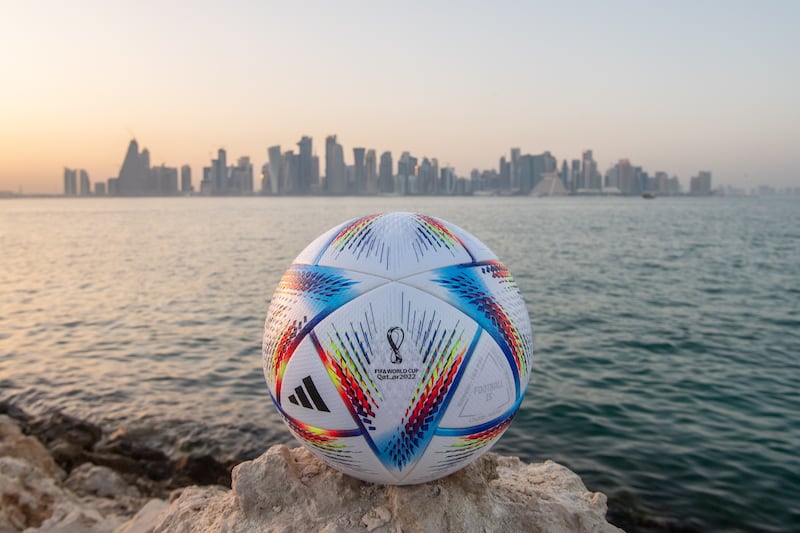The Fifa World Cup has a history as diverse as it is enthralling. Teams from across the globe nurture dreams of having their national colours splashed across screens in every corner.
Of all the moving parts that come together to make a World Cup dream possible, nothing is more important than the football itself. The match ball is no longer made of panels of leather stitched together by hand. Instead, cutting edge 3D technology and space age materials go into building the latest balls that are lighter and faster than the previous versions.
The ball, like the World Cup, has come a long way. Below is history of the Fifa World Cup match ball, starting from the first one in 1930 to the one that will be used in Qatar. Information sourced from Fifa, among others.
1930 World Cup, Uruguay
The iconic 'T Model' was made of high quality leather with 12 panels, including a 'T' shaped one which gave the ball its name. Arch rivals Uruguay and Argentina had been allowed to play their matches with their own ball. In the final, a compromise could not be arrived at. In the title match at Estadio Centenario in Montevideo, two different balls were used. Argentina supplied the first-half ball - known as the 'Tiento' – and led 2-1 at the break. Thereafter, hosts Uruguay played the second-half ball with their own 'T-Model', which was larger and heavier and won 4-2.
1954 World Cup, Switzerland
The 'Swiss World Champion' match ball was the first to have 18 panels with zigzag edges that were interlocked. The ball was completely hand sewn and did not have laces. Also, the ball was no longer dark brown, but a distinctive yellow which made the ball visible in rain and mud.
1966 World Cup, England
The 'Challenge', by Slazenger, was made of high quality leather and had 25 rectangular panels. It was an ideal spherical shape and the composition was used for many years. The World Cup match ball came in three colours - yellow, white, and orange.
1970 World Cup, Mexico
Adidas became the official supplier of footballs for Fifa World Cups in 1970, and have been doing so since. It was the first World Cup to be broadcast live on television. Therefore, the first black and white ball was introduced as the contrast helped visibility on TV. The 'Telstar' had a special plastic coating that made it more durable and waterproof.
1986 World Cup, Mexico
A major shift in football technology. The 'Azteca' was the first ball made of synthetic materials. It was coated with polyurethane, which made it water resistant and helped maintain its performance on hard and wet surfaces. The ball was also the first to include designs inspired by the host nation.
2002 World Cup, South Korea and Japan
The move from the old to the new had started at the turn of the century. The 'Fevernova' was made up of thicker inner layers to increase accuracy of the ball in flight. It was the last World Cup ball put together by hand.
2006 World Cup, Germany
A new design that no longer consisted of 32 panels. A smoother surface with reduced number of joints was made possible with the use of just 14 panels. The design of 'Teamgeist' improved accuracy.
2010 World Cup, South Africa
The 'Jabulani' was one of the more controversial balls used at the finals. It had eight thermally bonded 3D panels that were 'spherically fused' for the first time. It was said to be more round and accurate than its predecessors. However, players did not like it much as the ball shifted trajectory in the air during long-range shots, making it unpredictable.
2018 World Cup, Russia
Technology was at the centre of the design for 'Telstar 18'. The ball had a chip embedded in it, which could be connected to a smart phone and provide key information regarding play. For the knockout stages, the Telstar Mechta was used.
2022 World Cup, Qatar
The first World Cup in the Gulf region will be played using the 'Al Rihla' ball - the world’s first football made with water-based inks and glues. It makes is most environmentally friendly World Cup ball ever made. The ball has a textured polyurethane skin with a thermally bonded seamless construction. According to Fifa, the ball will travel faster than all of its predecessors. 'Al Rihla' means “the journey” in Arabic.
Also, the match ball will have a sensor placed inside it, which will allow accurate decision making through semi-automated offside technology. Data from the ball will help decide the precise kick point, which will be relayed to the control room and - combined with data from tracking cameras - produce accurate offside calls.
How much does the World Cup match ball weigh?
The World Cup 2022 ball weighs approximately 420 grams.
How much does the ball cost?
The 'Al Rihla' Pro ball is available on adidas' website for Dh649.
